
8 minute read
Ravishing Road Trips
Quarantine-proofing your travel plans may be a lockdown lottery this year but where there’s a wheel there’s a way. Essential eyes up our holiday romance with campervans and maps out four stunning routes through Spain to get your motor running.
Whisper it quietly but everyone’s gone campervanning. Even the Spanish, who are not a big nation of road trippers like the French and Germans. Last summer they were to be found zipping between coast and campo to parts of Spain that were foreign shores to them, and appreciating the value of their EU funded autovías which make up the world’s longest motorway network
The pandemic has pushed the humble campervan and fancier motorhome to the top of everyone’s wish list for a quarantine proof holiday this year. More adventurous than a stay-put staycation, more socially distanced than a hotel, you can discover far-flung corners of your own country in a sanitised mobile bubble without going near an airport. More motorhomes were registered for the Spanish road last June than in the whole of 2013. Faster than air corridors closed, vehicles costing five to six figures were flying off forecourts at the rate of 25 a day.

Pull up where the view takes you
Rentals too. Indie Campers, Europe’s biggest hire company, had an Indian summer with a 350% uptick in bookings. But the 18-44-year-old millennials driving the road trip revival aspire to more than two gas rings and a mattress like the rig their parents took to Glastonbury. They want ‘glampervans’ fitted out Taylor Swift’s tour bus. Maybe not the fireplace but smart TV with Netflix, full kitchen, sofa, high speed Wi-Fi and a pressure shower topped their most-wanted list in an Auto Trader Survey.
You get that and heaven too in an RV, as the Americans call their Recreational Vehicles, but you wouldn’t want to be at the wheel of one on a Spanish mountain road. They start in length where ours stop, at around 7.5 metres. European models still pack impressive style and comfort into their compact design. And, under 3.5 tonnes, they’re classified as cars so you can drive them on your normal licence.
CAMPERVAN OR MOTORHOME?
A basic campervan will give you a kitchenette, a pop-up bedroom in the extendable roof, a bench seat that converts into a secondary bed and a portable loo. You’ll have to use the campsite shower. They’re cheaper to buy, run, rent, drive and park and they have kerb appeal. A vintage VW campervan is still the height of cool.
A motorhome could cost double or more. It’s tougher to manoeuvre, harder on fuel but there are so many positives – A/C, bathroom with shower, comfy beds, a kitchen you can cook in, rotating front seats, slide-out canopies, decking, bike racks… Larger models come with ‘garage’ space to store mopeds and electric scooters as you’ll have to leave these big boys a distance from some of the places you want to visit.
Try before you buy. Andalucía based autocaravanaspiqueras. com quotes €80-130 a day, lowhigh season, for a family-sized 4-berth motorhome.

WILD CAMPING
Going off-grid is what it’s all about but be careful… You can park anywhere a car can, so long as you stay within the vehicle footprint to cook, eat and sleep. Setting up tables and chairs al fresco is ‘camping’ and attracts a fine of up to €800. As a general rule, cities, national parks, beaches and anywhere along the Med Costas are wild camping no-nos. The more remote and rural you get, the more you can get away with it.
If you don’t want to pay for swimming pools, restaurants and the full holiday works at a campsite, service areas are a free or low cost alternative. At their most basic, they offer a place to dump your waste water, fill up with fresh and stop for 24 hours. Some have toilet blocks, laundries and panoramic views. They used to be few and far between in Spain but municipalities are scrambling to catch up with the trend and open more. Vineyards, olive mills, cheese farms and ventas have also got together to offer overnights in more congenial surroundings where you can explore the local gastronomy and support cottage industries. espanadiscovery.es reviews over 200.
Wherever you go, you need never be lost or alone. Campervanning is a community as well as a lifestyle pursuit, with its own sociallynetworked circle and everyone shares their stories and tips for the road online. park4night.com is a good place to start. The reallyhooked customise their vans inside and out, give them names, live in them and post on #vanlife.
They post about being able to pull up and fix dinner wherever the view takes them, or belting down the freeway with the windows down and Born To Be Wild turned up high, and about the freedom of knowing that home is wherever they park it.
RUTA DE LA PLATA

COAST TO COAST (ALMOST) ON SPAIN’S ROUTE 66
Route: A-66 from Sevilla to Gijón, Asturias, 810 km.
You’ll want more than a Harley and a helmet to get your kicks on the A-66. Spain’s version of the great American road trip is all about the stops, not the ride. It delivers you to the doorstep of eight Unesco World Heritage cities in one straight-ish line, thanks to the Romans, who engineered the 470km section between Mérida in Extremadura and Astorga in León.
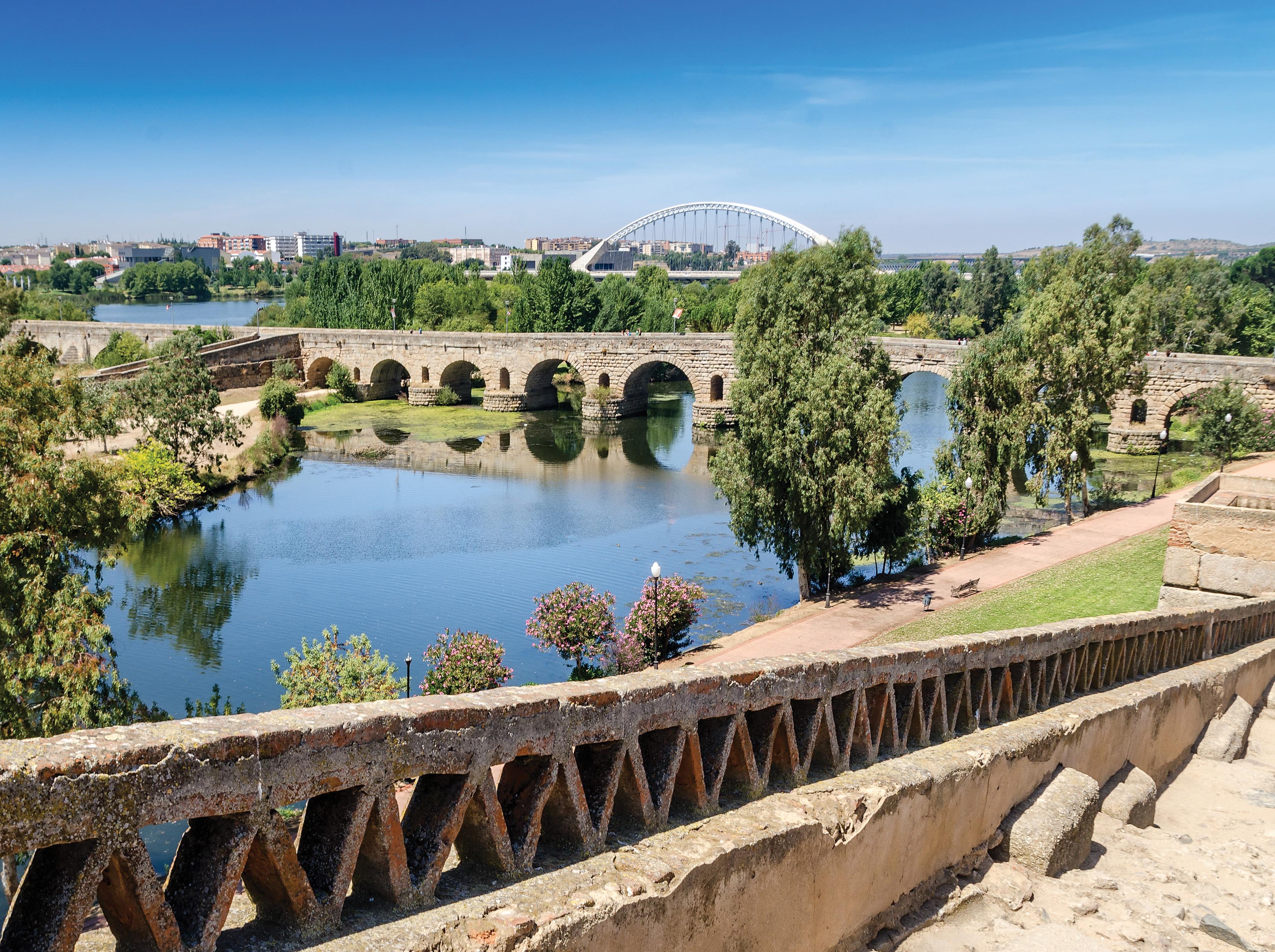
The Romans laid the foundations for Spain’s Route 66
The Vía de la Plata became a pilgrim pathway on the Camino to Santiago de Compostela. It was never a silver route but it’s stacked with Roman treasures – amphitheatres, aqueducts, baths, bridges... It’s so direct that Spain’s second-longest autovía (after the Med’s A-7) follows the same trajectory. The last section was completed in 2015 and you can do Sevilla to Biscay in 7 hours 37 minutes non-stop.
Highlights:
Medieval Caceres, Roman Mérida, Salamanca, Zamora… how much time do you have? Just don’t miss Segovia’s crackling-good suckling pig.
If it’s April it’s cherry blossom time in the Valle del Jerte. Take a short detour at Plasencia for a floral fantasy drive-through.
Celebrate journey’s end in the gorgeous port city of Gijón with a glass of cider, poured the Asturian way from a great height.

Journey’s end at gorgeous Gijón port
PICOS DE EUROPA
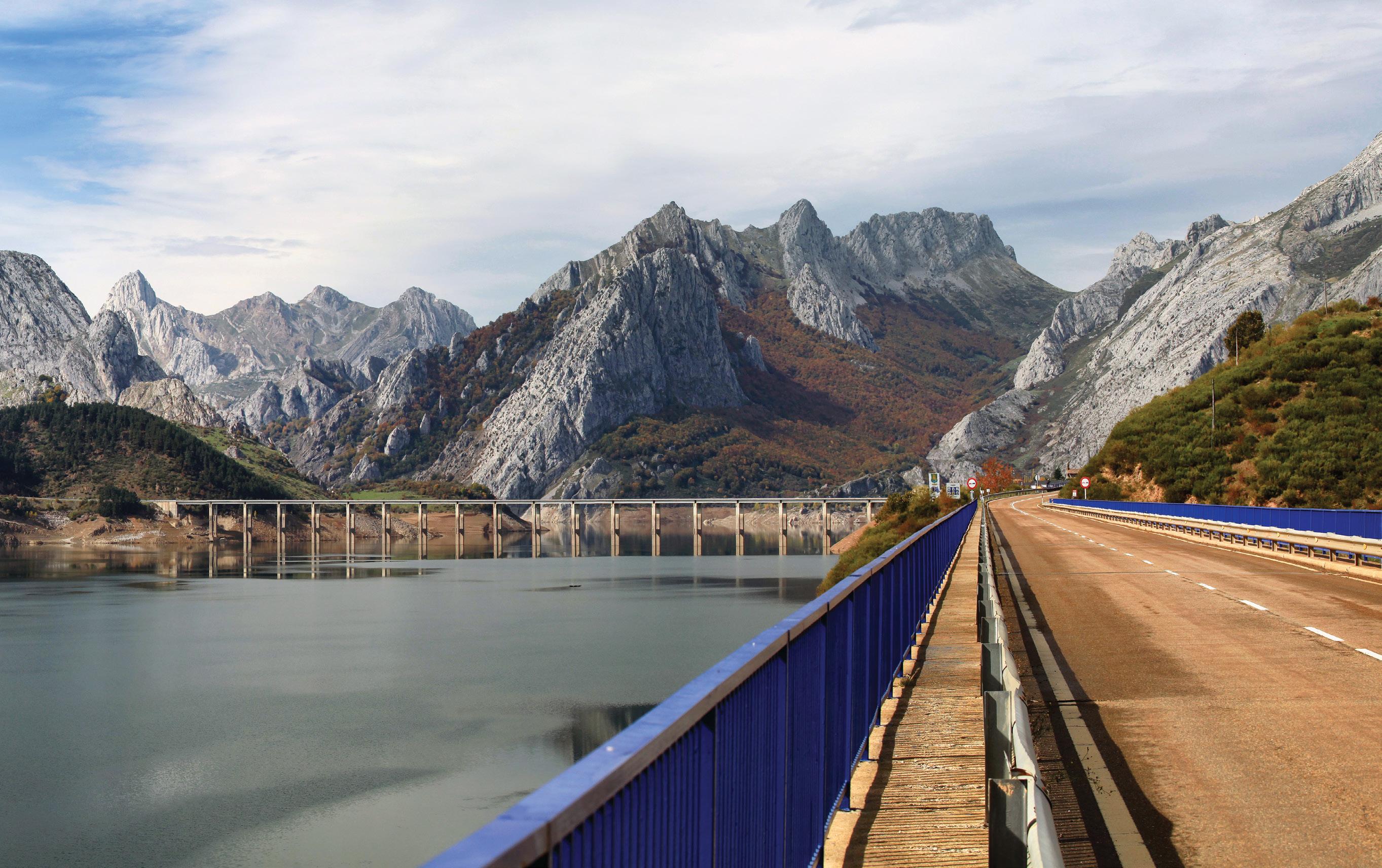
Glacial lakes of Covadonga
RIVER DEEP, MOUNTAIN HIGH IN A MINI-PYRENEES
Route: Cangas de Onís to Fuente Dé, 113 kms.
Yogi Bear would love Iberia’s original National Park (1918) with its forests, river canyons and snow-dusted mountain peaks, even if the park rangers are strict as the cartoon ones in Jellystone about where you can pitch and picnic.
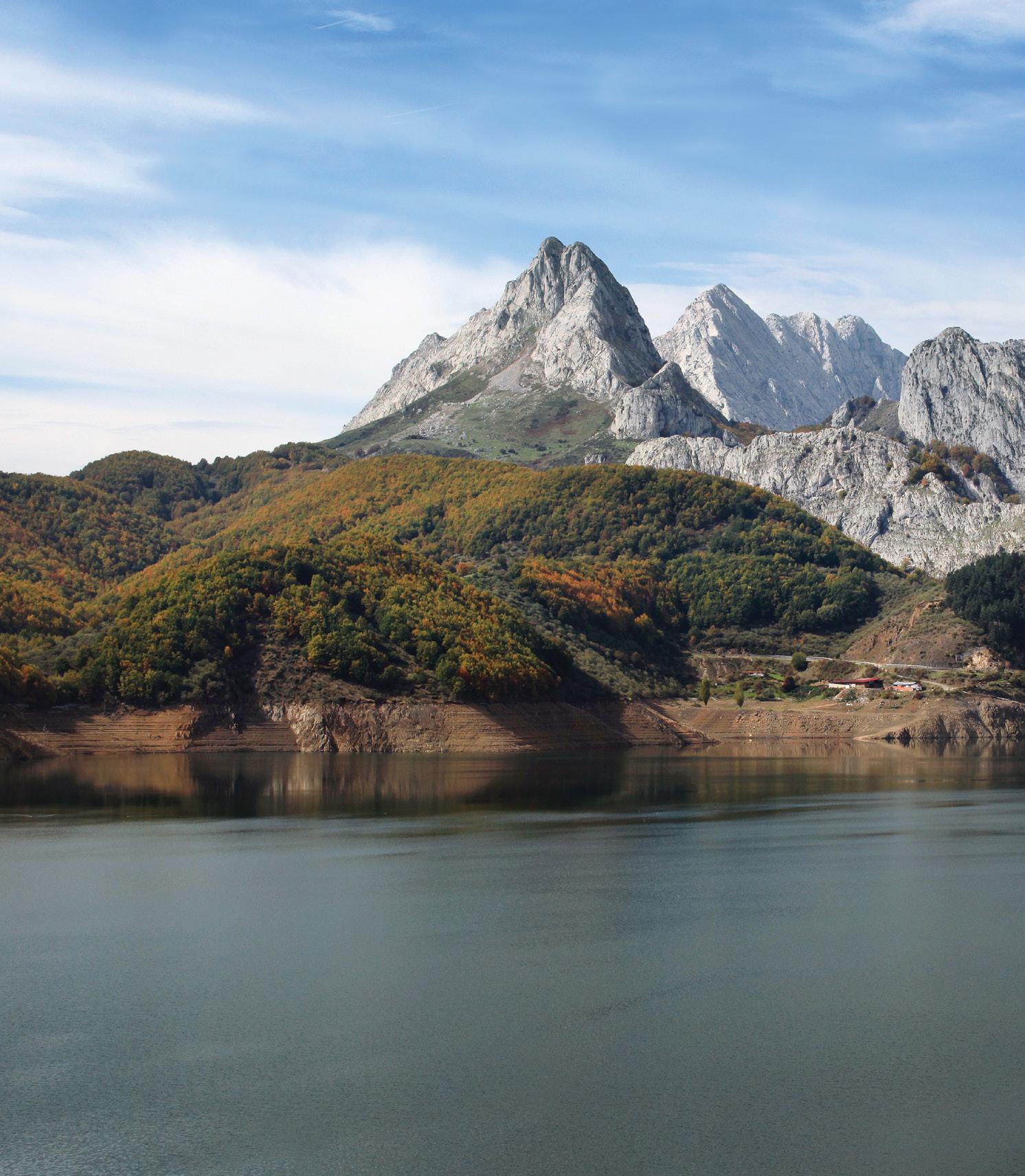
Glacial lakes of Covadonga
Stretching through Cantabria, Castille y León and Asturias, you get brown bear territory, historical cities and cider country in one road trip. You’ll have to leave your wheels a fair hike from some villages but the hearty grub will fortify you for the task.
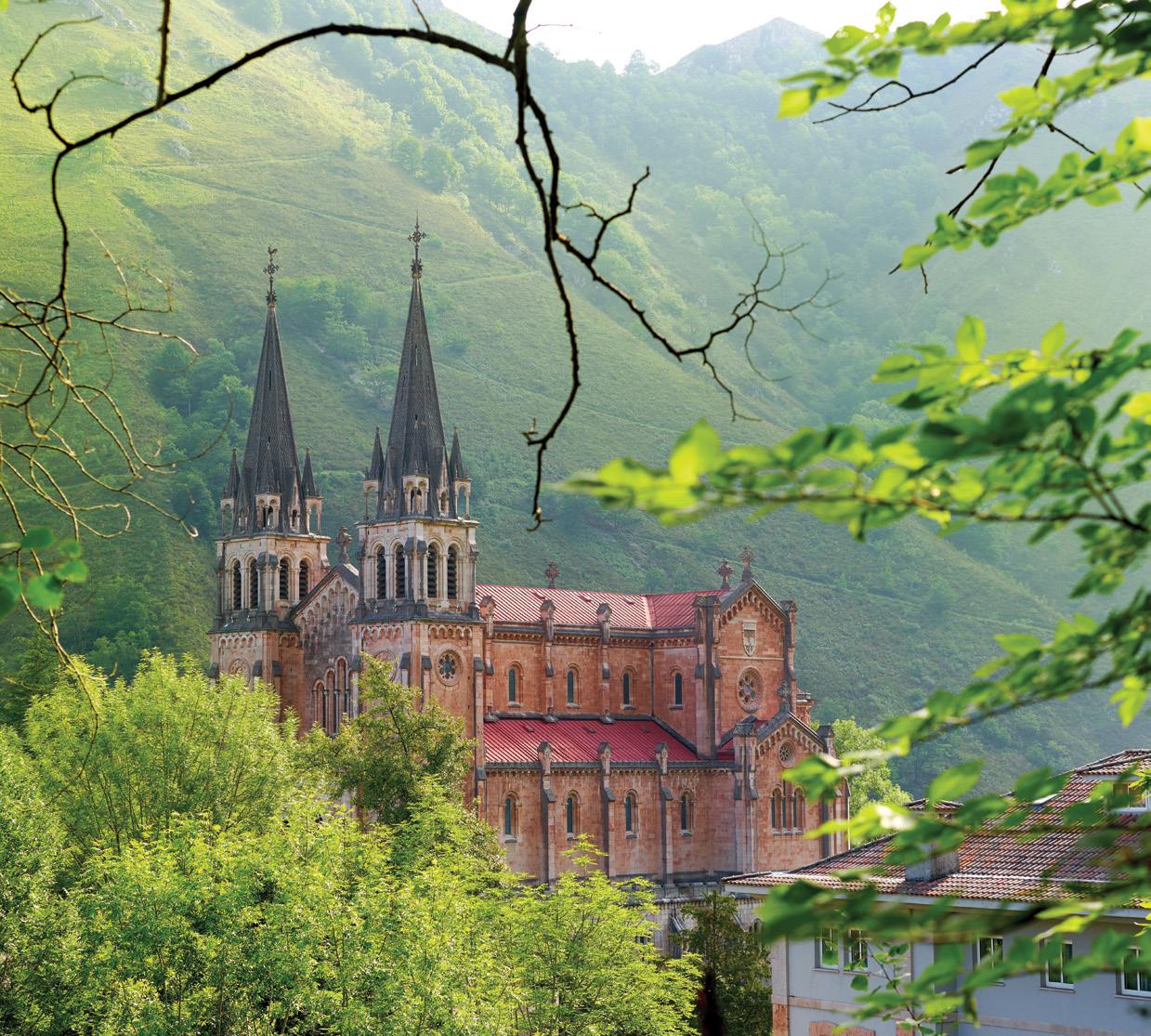
Covadonga sanctuary
Highlights:
On your bike to the glacial Lakes of Covadonga to retrace the Vuelta de España’s most iconic climb.
Take a selfie at Picu Urriellu. Mountaineers the world over come to climb its sheer west face. Tunnel through the mountains by funicular railway to Bulnes, the only village in Spain cut off by road.
Shepherds still tend their nomadic flocks in the Picos, which should remind you to buy a wheel of Cabrales, the piquant local blue cheese.
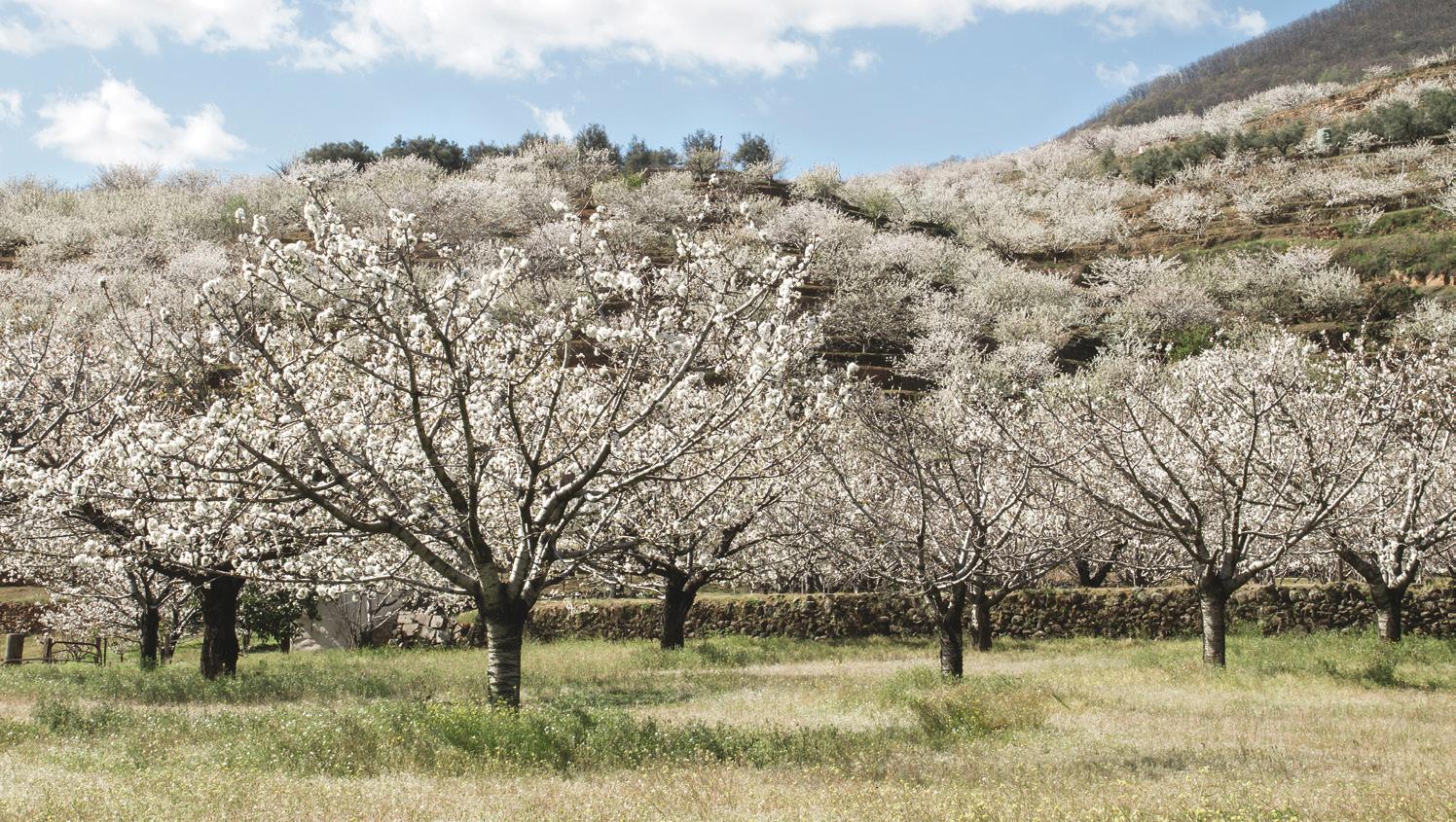
April cherry blossom
COSTA DA MORTE
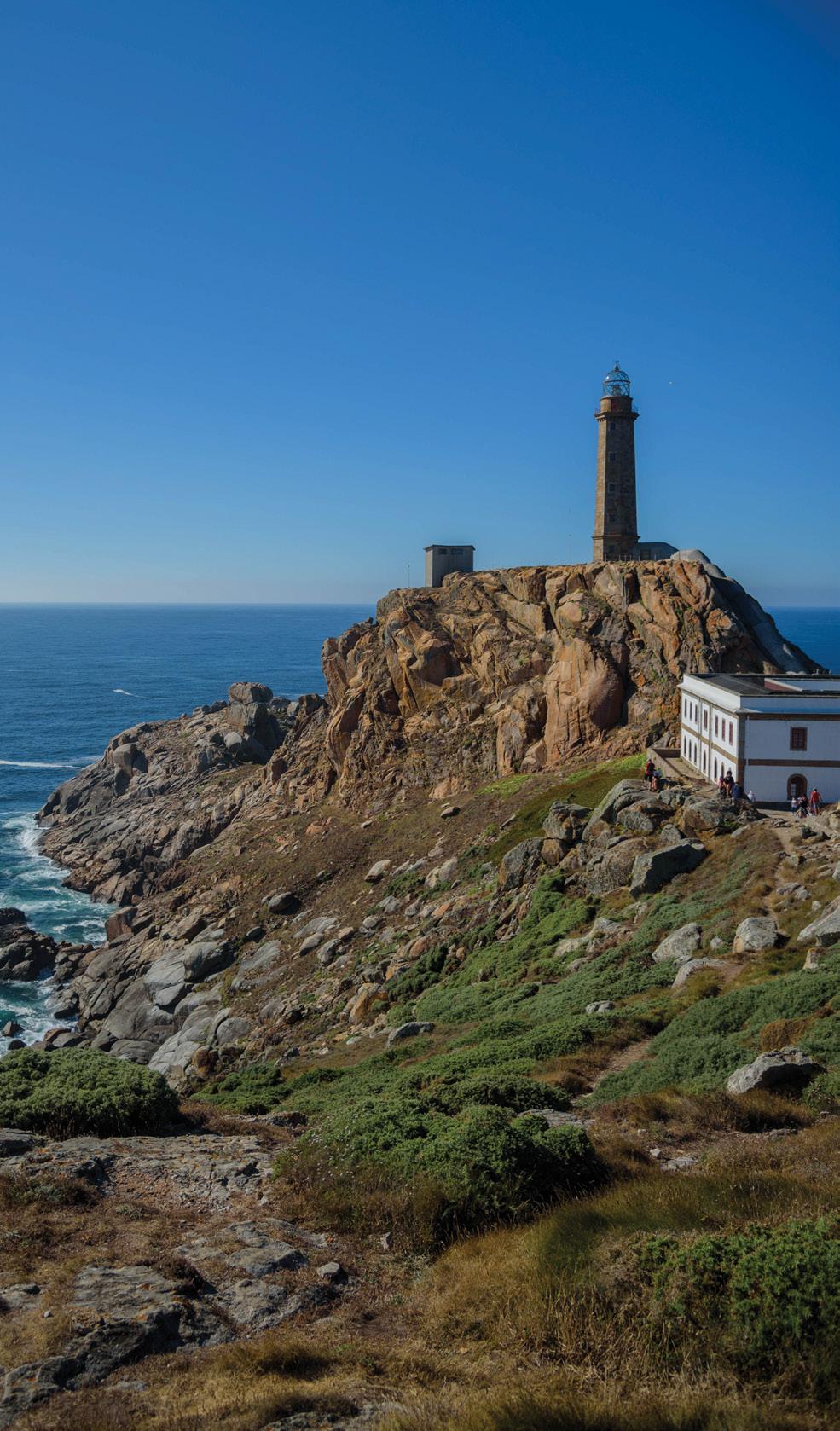
A chain of lighthouses keep ships off the rocks today
CLIFFTOP DRAMA ON THE COAST OF DEATH
Route: Malpica to Finisterre (150k, meandering).
The name pays homage to the countless ships wrecked on its treacherous rocks in centuries past. However the local roads leading to the edge of this wild weather-tossed corner of Spain also need care. You’ll be rewarded with solitary estuary beaches, fishing villages frozen in time and dramatic headlands topped by a string of lighthouses warning shipping today. Galicía is also a beacon of gastronomy and you can extend this trip north to the Seafood Coast of the Rías Altas, or south along the D.O. wine routes of the Rías Baixas to Portugal’s border.
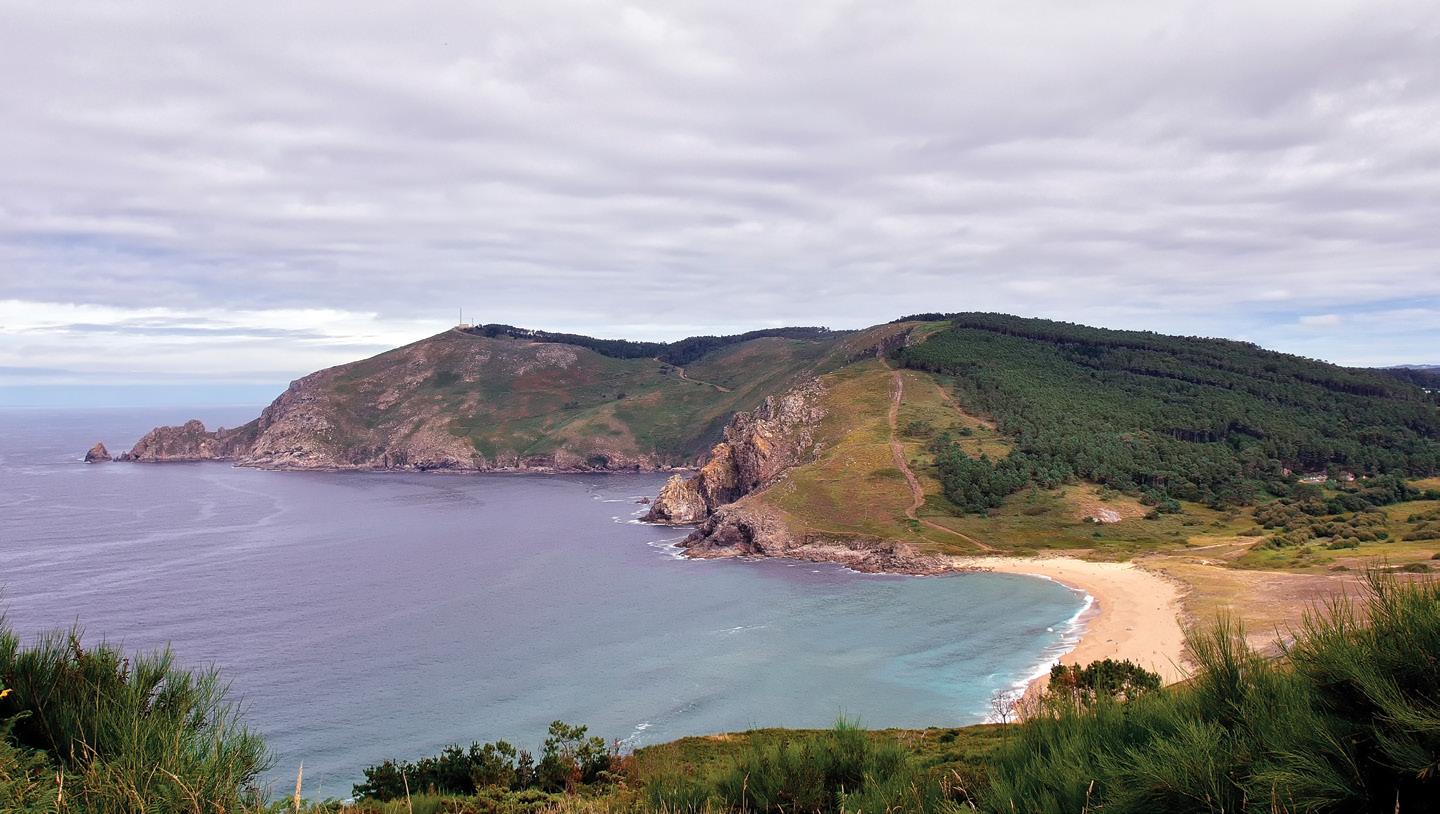
Highlight:
See sunset from Cape Finisterre overlooking ‘the sea at the end of the world'.
Polish off a plate of percebeiros at Cabo de Roncudo for the best barnacles in Galicia. Z Feel the earth move at the Piedras de Abalar Oscillating Stones which can be moved by human hand or the wind.
Walk on the Crystal Beach at Laxe where the pebbles are made of washed-up glass.

RUTA DE DON QUIJOTE
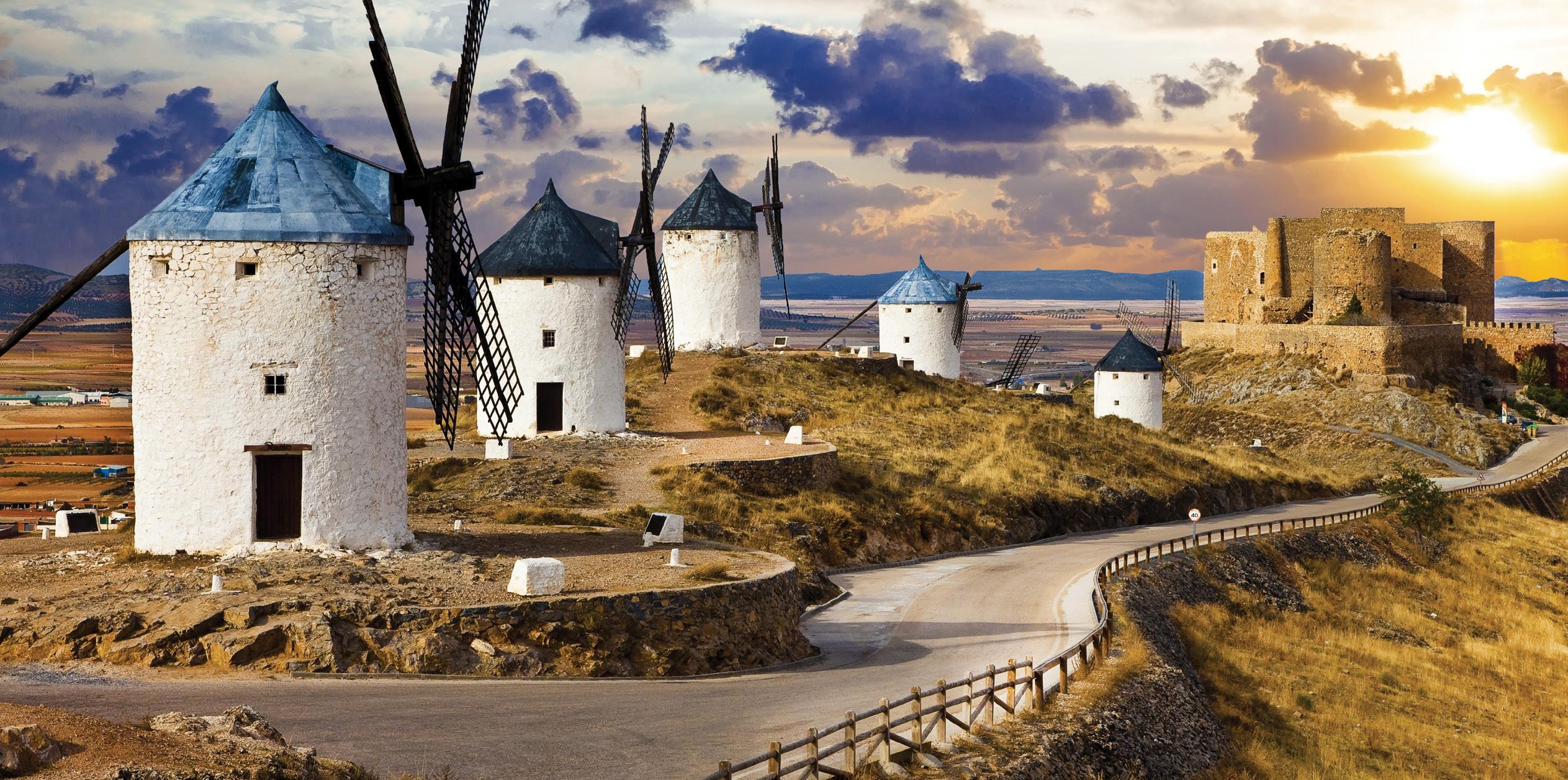
Don Quijote’s Land of Giants
NOVEL JOURNEY THROUGH WINDMILL AND CASTLE COUNTRY
Route: The official trail from Toledo is 2,500km with 10 overnights.
Follow the heroic adventures of a lovesick knight and his faithful squire through the five provinces of Castilla-La Mancha where Cervantes set his 17th century bestseller. The official Council of Europe Cultural Route from Toledo across castle-strewn plains to the Land of Giants where Don Quijote tilted at windmills is quite a journey. But you don’t have to play it all by the book. There are 26 protected natural parks and a string of monumental cities also to discover.

Highlights:
The swashbuckling city of Toledo, where knights of old shopped for swords.
The mini lake district of Lagunas de Ruidera for kayaking, mountain biking and rock climbing.
Tilting your camera at the flour mills of Campo de Criptana and Consuegra in Don Quijote’s Land of Giants.
Don’t leave Spain’s largest wine-growing region without trying Valdepeñas in the eponymous city.

La Mancha’s castlestrewn plains










